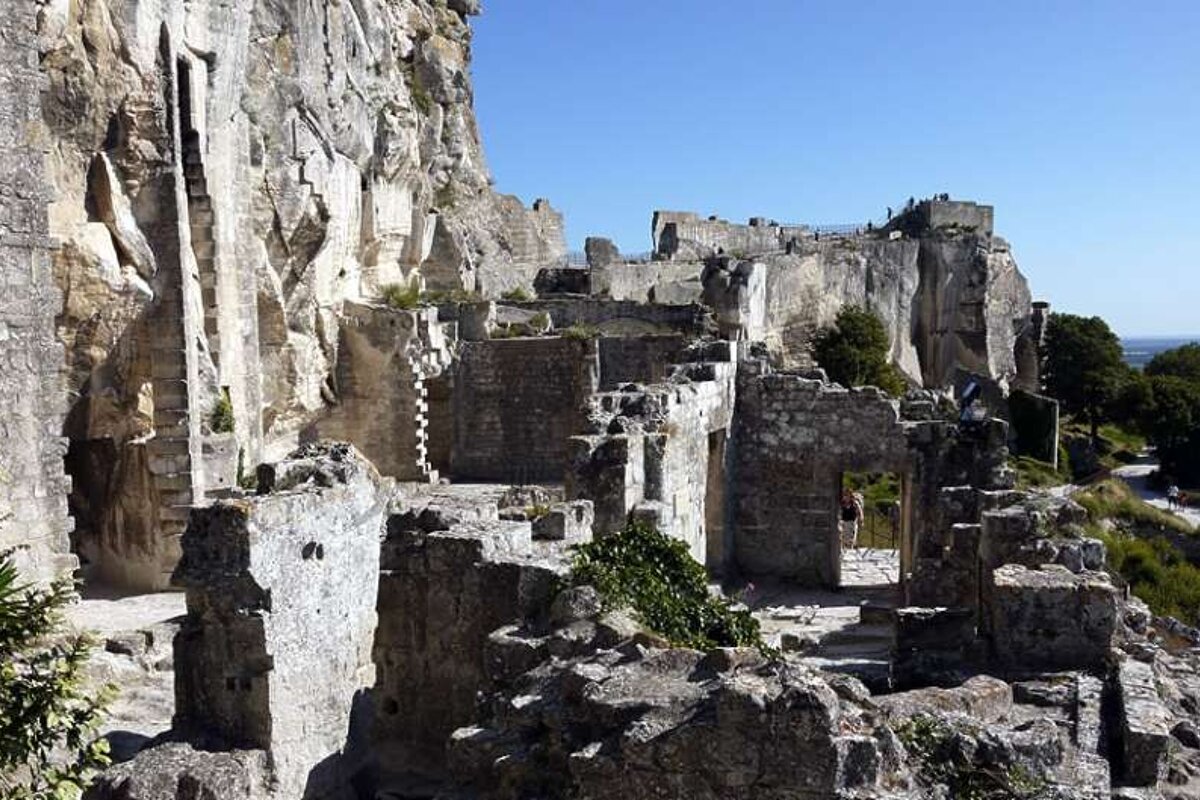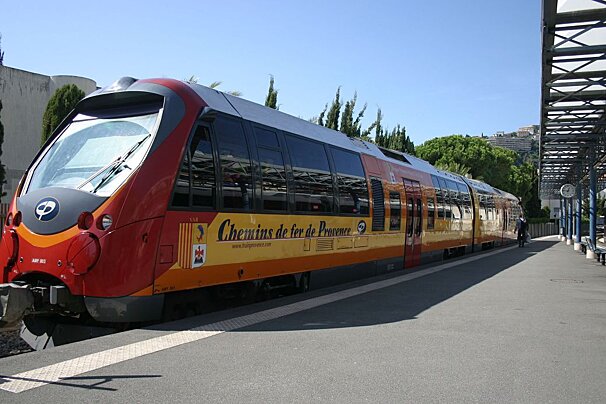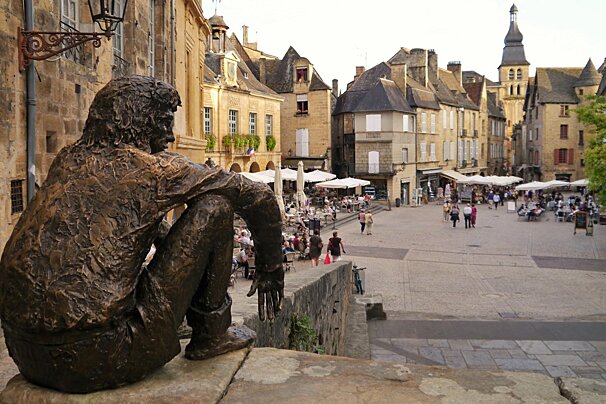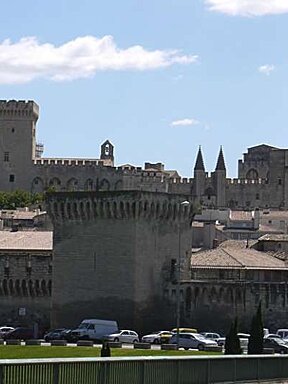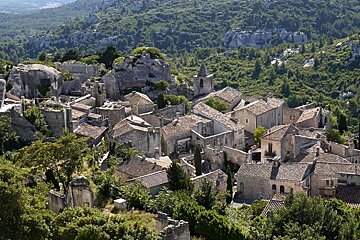
© Seeprovence.com

© Seeprovence.com

© Seeprovence.com

© Seeprovence.com

© Seeprovence.com

Les Baux de Provence
Stunning medieval village with the best castle in Provence
You shouldn't let the lines of parked cars put you off stopping at Les Baux de Provence. This is one of the loveliest hilltop villages you'll come across, and it's worth the fight through the crowds to take a look. Ideally, don't come in midsummer, otherwise you will be sharing every nook and cranny with a thousand other tourists.
Les Baux dates back to the Middle Ages when its awesome castle was used to control and protect the surrounding area.
Today the narrow streets are filled with gift shops, art galleries, gourmet food shops and cafés. It's a very pretty place full of olde worlde charme. I guess some may call it twee, but without this restoration, the village would have been unlikely to survive into the 21st century, and Provence would have been a lesser place to visit.
Watch this
History & Culture in Les Baux-de-Provence
In the Middle Ages, Les Baux was a fortress of castle and dwellings, from which the Lords of Baux aggressively controlled their many properties (towns and villages) in Provence. For a while they considered themselves to be the sole rulers in Provence, which was not appreciated by the count of Provence. The Baux Lords were warriors and liked to meddle in other disputes. But they also established a court of love in Les Baux, attracting troubadours and beautiful ladies. Chivalry and feud lived side by side.
In the late Middle Ages, the lords of Les Baux began to lose their power, weakened by the endless wars and disputes they were involved in. Finally their dynasty came to an end with the death of princess Alix de Baux. After a few shuffles of ownership, Les Baux fell to the French King. In the 16th and 17th century the village and castle attracted protestants from all around; it was an ideal hiding place for the persecuted. However, the hatred for everything catholic was so strong that the protestant newcomers destroyed the opulent interior of the castle.
In 1632 Richelieu had enough of this lawlessness and had the castle and ramparts demolished, which the population itself had to pay for. It was the death knell for Les Baux. In 1642 the King gave the fortified town to the Grimaldis (of Monaco), but they never bothered with it. Gradually, it became a ghost town with half a dozen vagabonds, outnumbered by stray dogs. Even the discovery of bauxite in the 19th century (named after the town) nearby did little to raise its fortunes.
However, everything changed in the 20th century, particularly with the efforts of Raymond Thuiler, owner of the luxury hotel Oustaù de Baumanière in the nearby Val d'Enfer (Hell's Valley). The village underwent many renovations, and the castle is still currently under restoration.
Sights & Attractions in Les Baux-de-Provence
The main attraction here is the castle, and you can read more about it on our page Château des Baux. It really is worth the entrance fee - if you're bringing the family, have a look at the château's website to find out their calendar of events and plan your trip accordingly. If you're not so bothered about participating in medieval shows and catapult demonstrations, try to visit outside July and August so that you have space to breathe and to explore the ruins.
There are two churches in the village. Notre Dame du Chateau (12th - 16th century) is within the castle grounds and the old 12th century priory, St Vincents was built into the rocks on the southern side. It features a ribbed barrel vault in the nave, modern stained glass windows (by Max Ingrand), and a funeral chapel with Gothic vaulting.
On your way up to the castle, you'll pass an old isolated stone window façade. It's all that is left of a 16th century mansion, the Manville Residence. It bears an inscription 'Post Tenebras Lux 1571', a Calvinist saying meaning 'After the darkness, light', and is a reminder of the Huguenot influence of that time. Other mansions from the 16th and 17th centuries have been turned into art galleries - the Musée Yves Brayer features paintings of Provençal landscapes by the said artist, and the Musée des Santons holds a large collection of Christmas figurines. The town hall can be found in one of the most impressive 16th century Renaissance houses, the Hotel de Manville.
On the outskirts of Les Baux is the unique cultural space of Les Carrieres de Lumieres. A disused quarry, it is now used to show audio-visual art installations, featuring artists such as Monet, Chagall, Renoir and Van Gogh. Check their website to find out the latest exhibitions.
The area round Les Baux de Provence is renowned for its olives and olive oils, and vineyards, and there are several who offer guided visits and tastings - check at the tourist office for details.
Things to do in Les Baux-de-Provence
Nature lovers are spoilt for choice in this area. The Alpilles Regional Country Park welcomes walkers, mountain bikers, rock climbers and horse riders. Note that during the summer, the risk of wild fires can be high causing the local authorities to close off access to some forested trails - this is to protect the area from accidental fires as well as for your safety.
Other sports on offer around Les Baux de Provence include tennis and an 18-hole golf course. Or try a spa day at one of the many luxury hotels in the area.

